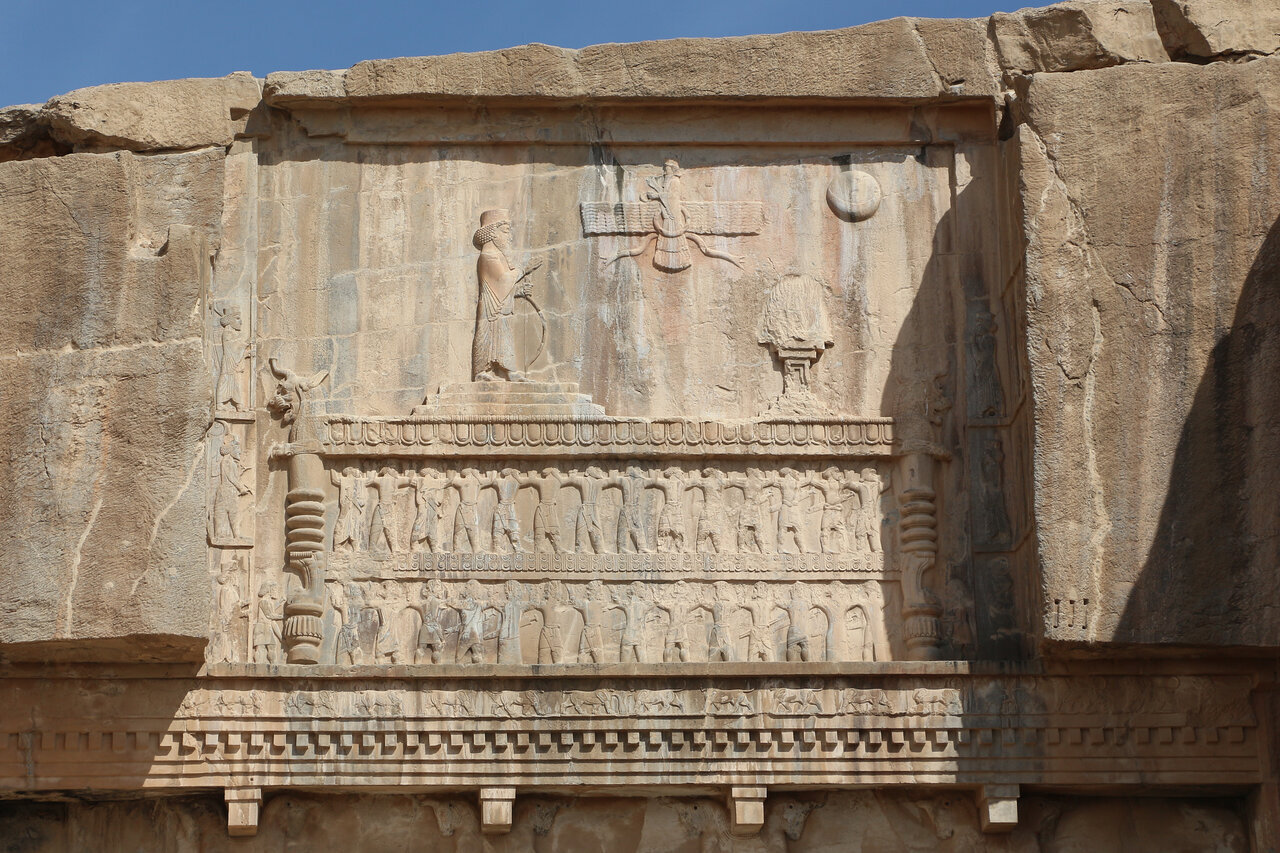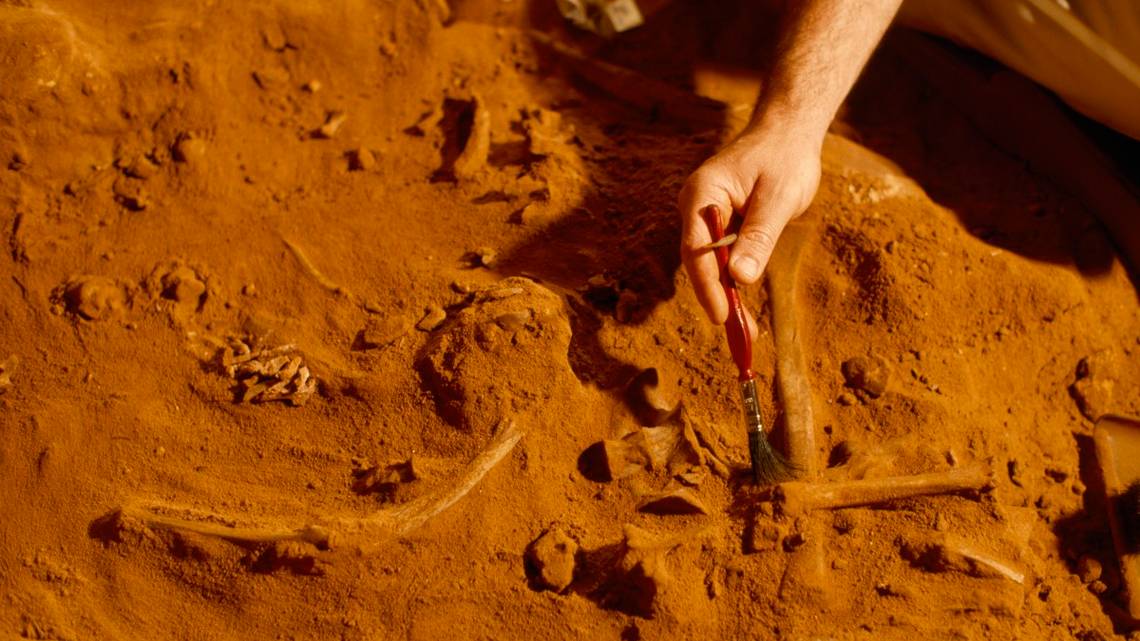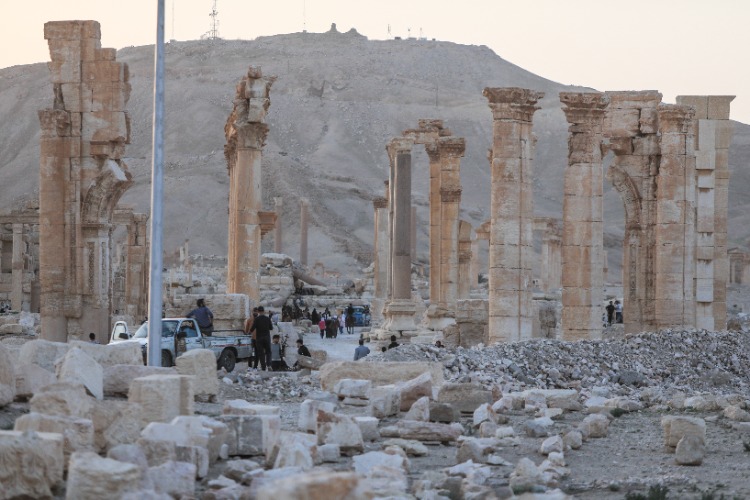Restoration work at Persepolis, located in southern Iran and listed as a UNESCO World Heritage Site, has resumed following a pause during the Nowruz holiday. Important projects involving the remnants of the Achaemenid Empire, such as the Apadana Palace, the rock-cut tomb of Artaxerxes III, and the southern inscription of the Terrace (Takhtgah), are being revitalized.
Shahram Rahbar, head of the Persepolis Conservation and Restoration Department, announced that the restoration workshops, which were partially active due to Nowruz visitors from March 15 to April 4, are now fully operational. Rahbar emphasized the restoration of the southern inscription of the Terrace, attributed to Darius the Great, as a project of significant historical and technical importance.
“This inscription is not only one of the oldest examples of Achaemenid royal texts but also holds great historical value due to its content,” Rahbar stated, noting that they have formed a team of experts in conservation, archaeology, and structural engineering to develop a comprehensive restoration plan.
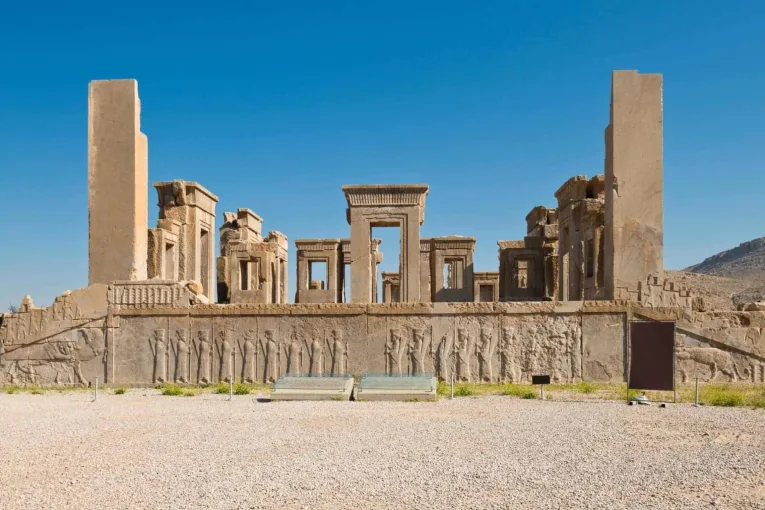
Additionally, restoration work on the Column Base B2 in the northern portico of the Apadana Palace has also resumed. Built by Darius I, the Apadana served as the main ceremonial hall where taxes from across the empire were collected. The palace is renowned for its intricate reliefs depicting representatives of various nations carrying gifts for the king on the eastern and northern staircases.
The rock-cut tomb of Artaxerxes III is also a focal point of the restoration efforts. Previously damaged by water, this monument holds critical importance in terms of Persepolis’s architectural heritage and reflects the funerary traditions of ancient Persian kings.
“Despite past disagreements among technical teams, the current collaborative approach has yielded promising results,” Rahbar expressed his optimism regarding the ongoing work.
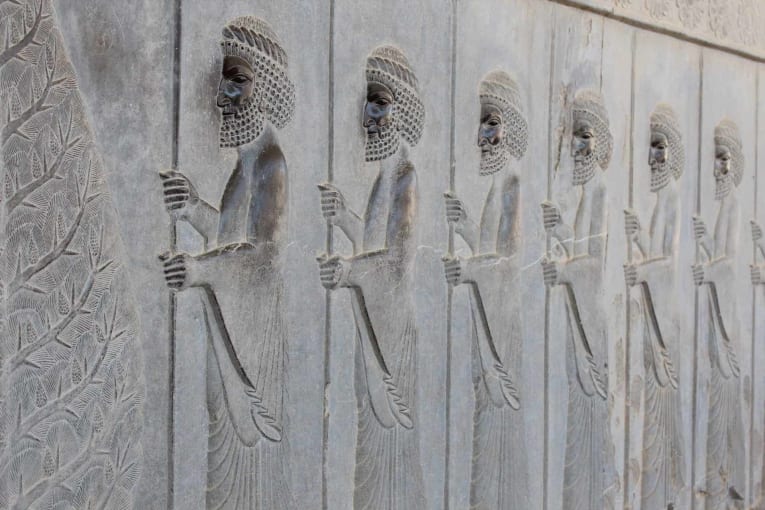
As the former ceremonial capital of the Achaemenid Empire, Persepolis continues to stand as a symbol of Iran’s ancient grandeur. Also known as Takht-e Jamshid, this site is recognized for its unique architecture, urban planning, construction technology, and art. Its magnificent entrances, monumental staircases, and audience halls make it one of the world’s most significant archaeological sites.
Historical sources suggest that Persepolis was burned by Alexander the Great in 330 BC, possibly as an act of revenge for Xerxes’ burning of Athens. The restoration work continuing after Nowruz once again highlights Iran’s commitment to preserving this globally recognized heritage for future generations.
